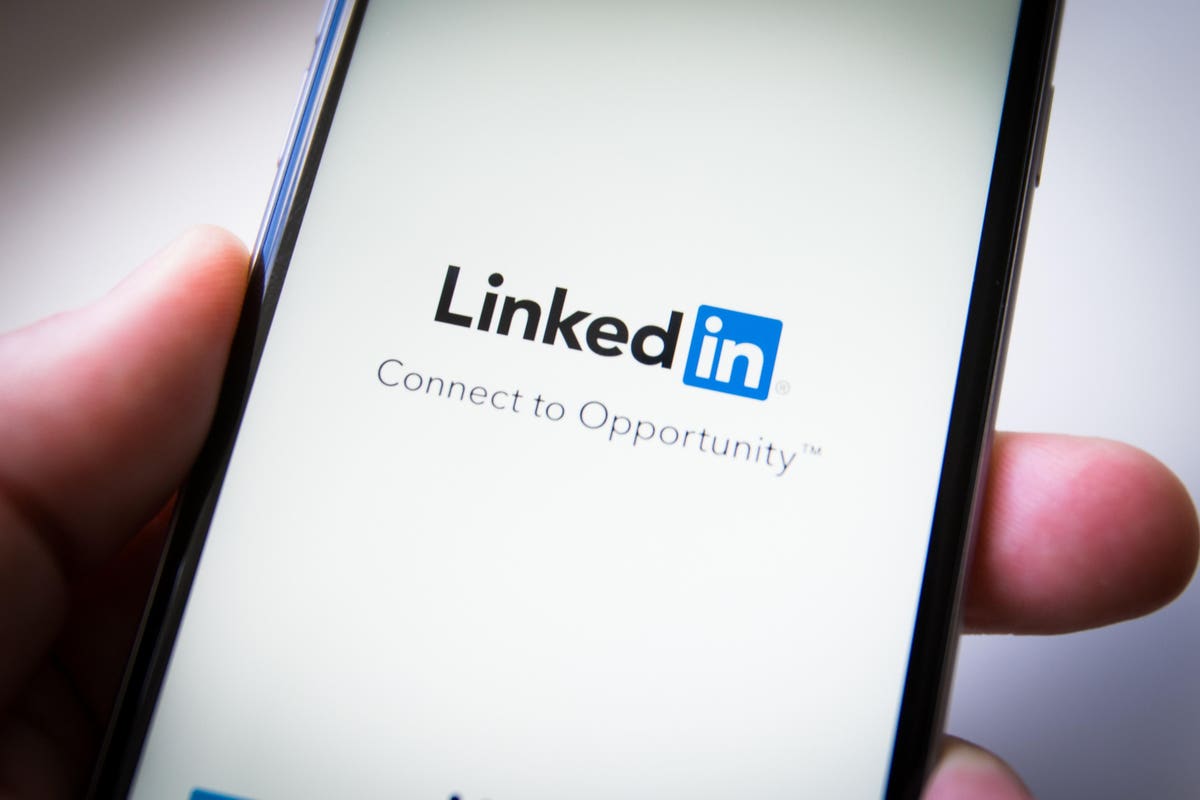LinkedIn is the go-to place for individuals and businesses to forge meaningful connections and expand their industry influence. One of the premier ways to do this is by leveraging a feature launched in 2021 called “creator mode.”
What is Creator Mode, and Who Should Use It?
Creator mode is designed for content creators, freelancers, entrepreneurs, and professionals who are looking to boost their visibility and create a brand within the platform. Users can transform their profiles into dynamic spaces that highlight their content and expertise by activating creator mode. Its chief purpose is to facilitate content discovery, increase engagement, and foster deeper connections among the LinkedIn community.
The Upsides of LinkedIn Creator Mode
1. Amped-up visibility and personal branding.
A major perk of creator mode is personal branding. By showcasing chosen content at the top of your profile, you can make a lasting impact on visitors and leave them with a clear sense of your expertise and achievements. You can also establish yourself as a respected authority in your field and better position yourself to influence industry discussions and provide valuable insights.
2. Increase your engagement rates.
With creator mode, you have the ability to highlight specific types of content like posts, articles, and featured links. This focused approach encourages more interaction, including comments, likes, and shares, which spreads your content far and wide. Check out the impact yourself using the in-depth creator mode analytics.
3. Easier to discover and network.
Creator mode makes it much easier for people to find and connect with like-minded individuals. This opens the door for collaborations, partnerships, and even job opportunities— who doesn’t want that? Let’s not forget LinkedIn is all about networking, and creator mode takes this up a notch by enabling you to create more interactive and engaging profiles. This, in turn, can lead to more valuable professional relationships down the line. Plus, creator mode allows you to add five hashtags to your profile, making it easier for people to discover and follow you immediately.
Downsides of Creator Mode
1. Content overload.
As more and more users adopt creator mode, there’s a chance that the platform could become oversaturated with content, ultimately making it more difficult for individual pieces of content to stand out in the flood of posts and articles. While creating content is undeniably valuable, not everyone has the time or desire to churn out high-quality content on a consistent basis. The pressure to keep publishing might lead to burnout or lower quality of your output.
2. Risk being inauthentic.
In the pursuit of visibility, individuals could end up sharing content lacking depth or genuine insights. Creator mode encourages users to create their profiles to highlight specific aspects of their expertise, and this could inadvertently lead to presenting a version of yourself that is not entirely authentic, as you might tailor your content to fit a certain mode rather than an expression of your true views and experiences.
3. Limited benefit for passive users.
LinkedIn’s creator mode is aimed at people who actively engage with the platform through content creation and interaction and, more importantly, who are looking to build a brand. Passive users who use LinkedIn for landing a job or basic networking might not find the feature as relevant, as it is designed for content creators who want to gain visibility, not just the average job-hunter.
The Takeaway
LinkedIn’s creator mode brings a mix of opportunities and challenges for professionals aiming to boost their presence on the platform. While it offers benefits like enhanced visibility, engagement, and networking potential, there are also potential pitfalls to navigate.
By weighing the pros and cons against your personal and professional goals and adopting an authentic and strategic approach, LinkedIn’s creator mode can be a powerful tool in shaping a compelling personal brand and fostering valuable connections.
Read the full article here





